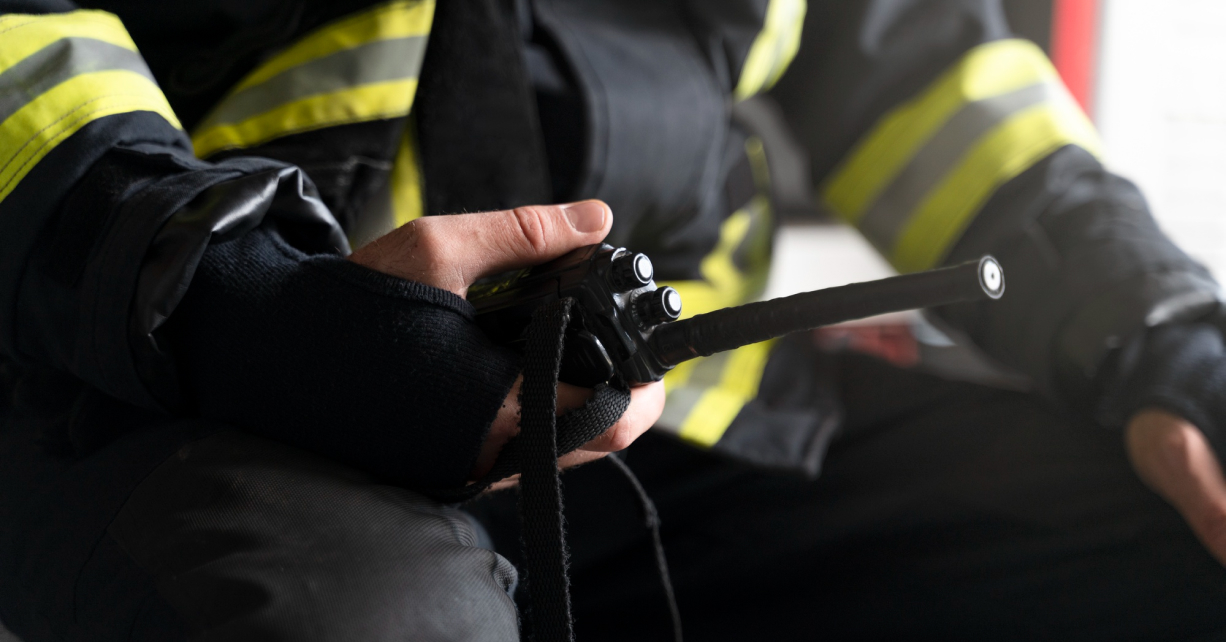

Telecommunication plays a critical role in disaster management and emergency response, providing the means for effective communication, coordination, and information dissemination during crises. From natural disasters like earthquakes and hurricanes to human-made emergencies such as terrorist attacks and industrial accidents, reliable communication systems are essential for saving lives and mitigating damage. This article explores the various facets of telecommunication in disaster management, highlighting its importance, applications, and future trends.

During a disaster, the ability to communicate effectively is paramount. Telecommunication systems facilitate real-time communication between emergency responders, government agencies, and affected populations. This ensures that accurate information is relayed promptly, enabling coordinated efforts to address the crisis.
Access to accurate and timely information is essential for decision-making during disasters. Telecommunication systems provide the infrastructure for collecting, analyzing, and sharing data, which informs strategic planning and resource allocation.
Early warning systems (EWS) are designed to detect and communicate the risk of imminent hazards, giving people time to prepare and evacuate if necessary. Telecommunication is integral to the functioning of these systems.
Emergency communication systems ensure that communication remains functional during and after a disaster, even if regular infrastructure is damaged.
Telecommunication supports various aspects of disaster response and recovery, from search and rescue operations to rebuilding efforts.
Emerging technologies promise to further enhance the role of telecommunication in disaster management.
The integration of telecommunication with IoT devices will revolutionize disaster management.
One of the primary challenges in telecommunication for disaster management is ensuring the resilience of communication infrastructure.
Interoperability between different communication systems and devices is crucial for effective disaster management.
Telecommunication is a vital component of disaster management and emergency response, enabling effective communication, coordination, and information dissemination. From early warning systems to emergency communication networks, telecommunication technologies save lives and mitigate damage during crises. As technology continues to advance, the integration of 5G, AI, IoT, and blockchain will further enhance the capabilities of telecommunication in disaster management. By addressing challenges related to infrastructure resilience and interoperability, we can ensure that telecommunication systems remain robust and reliable in the face of future disasters, fostering a safer and more resilient world.